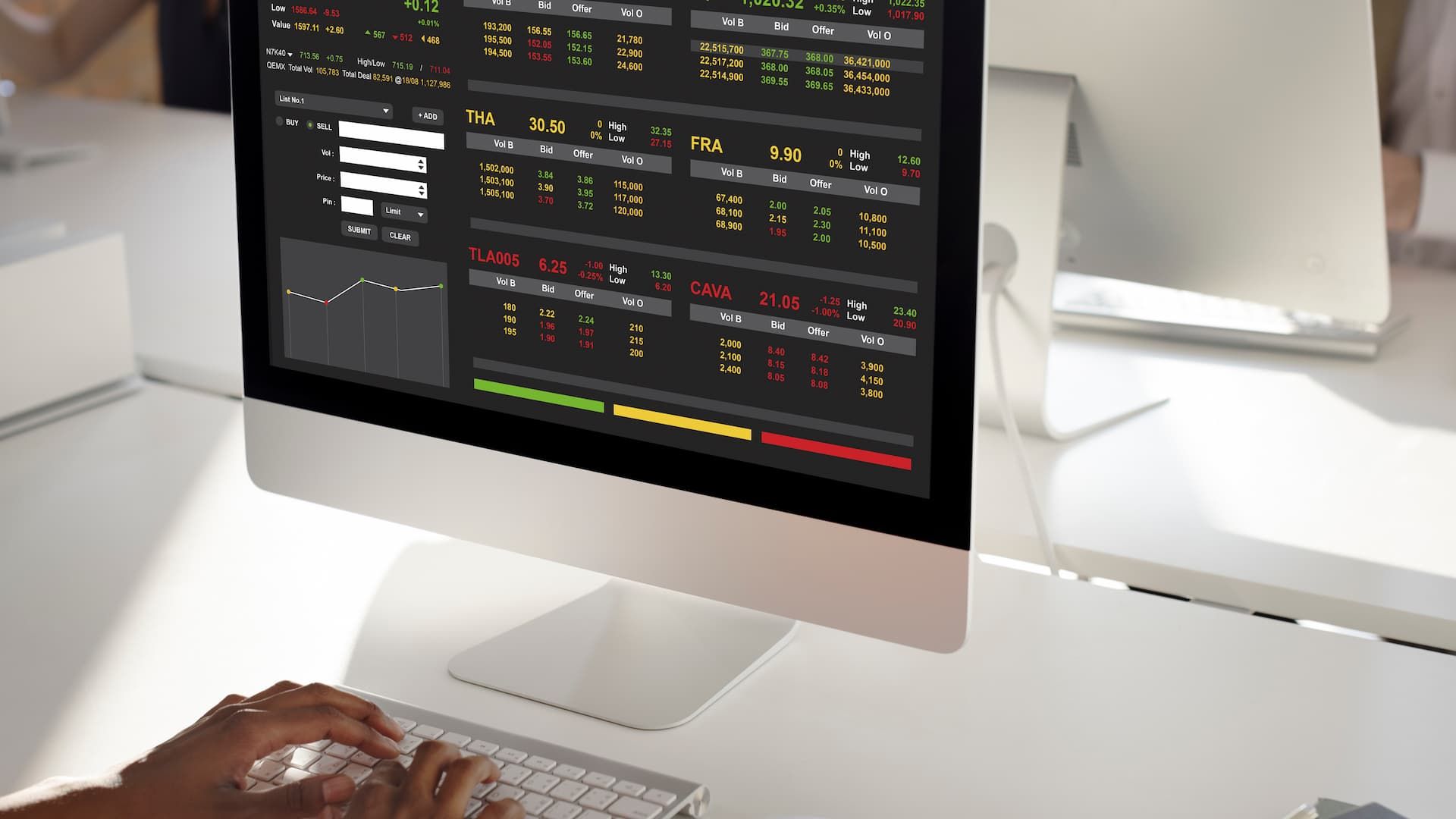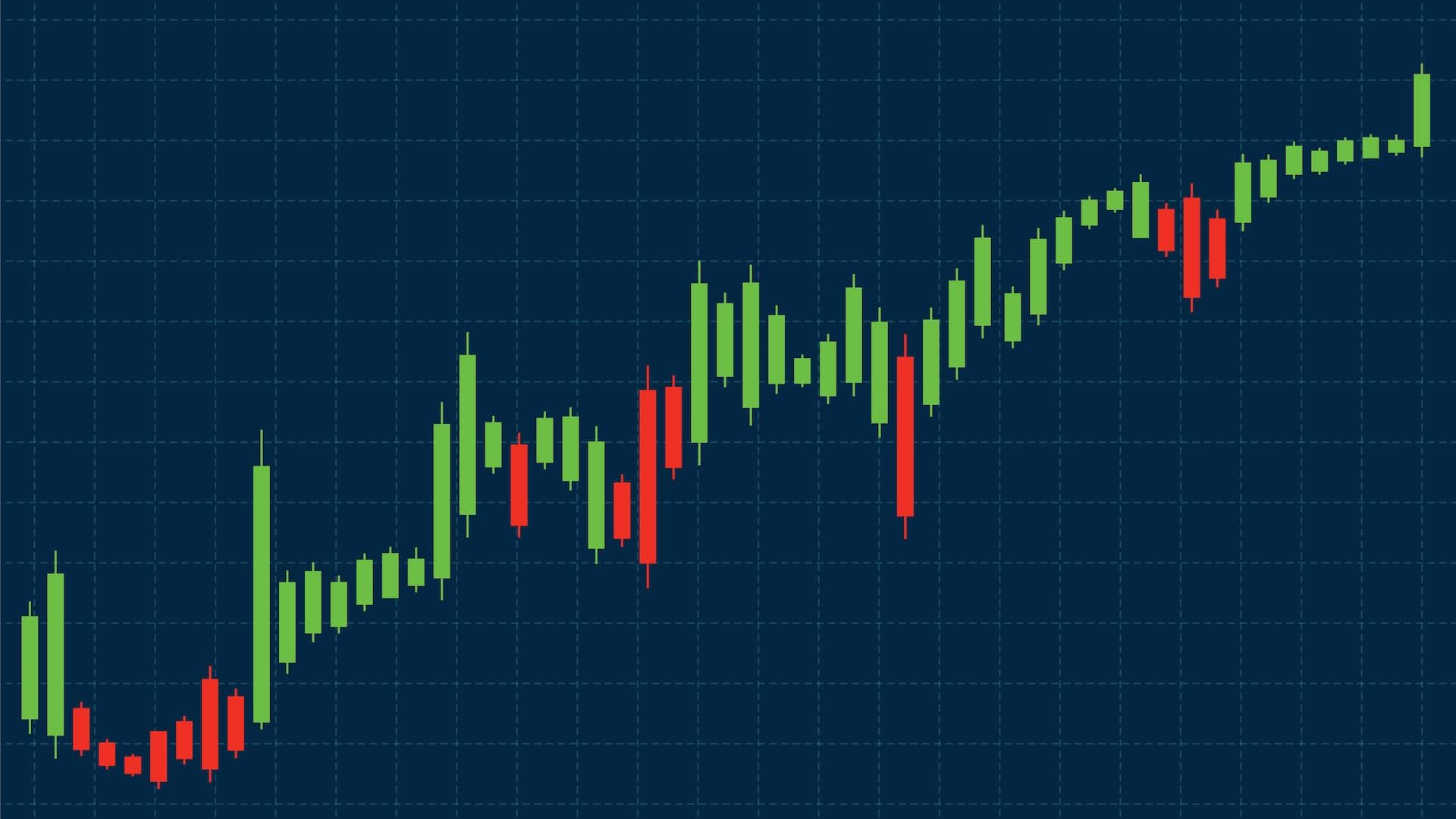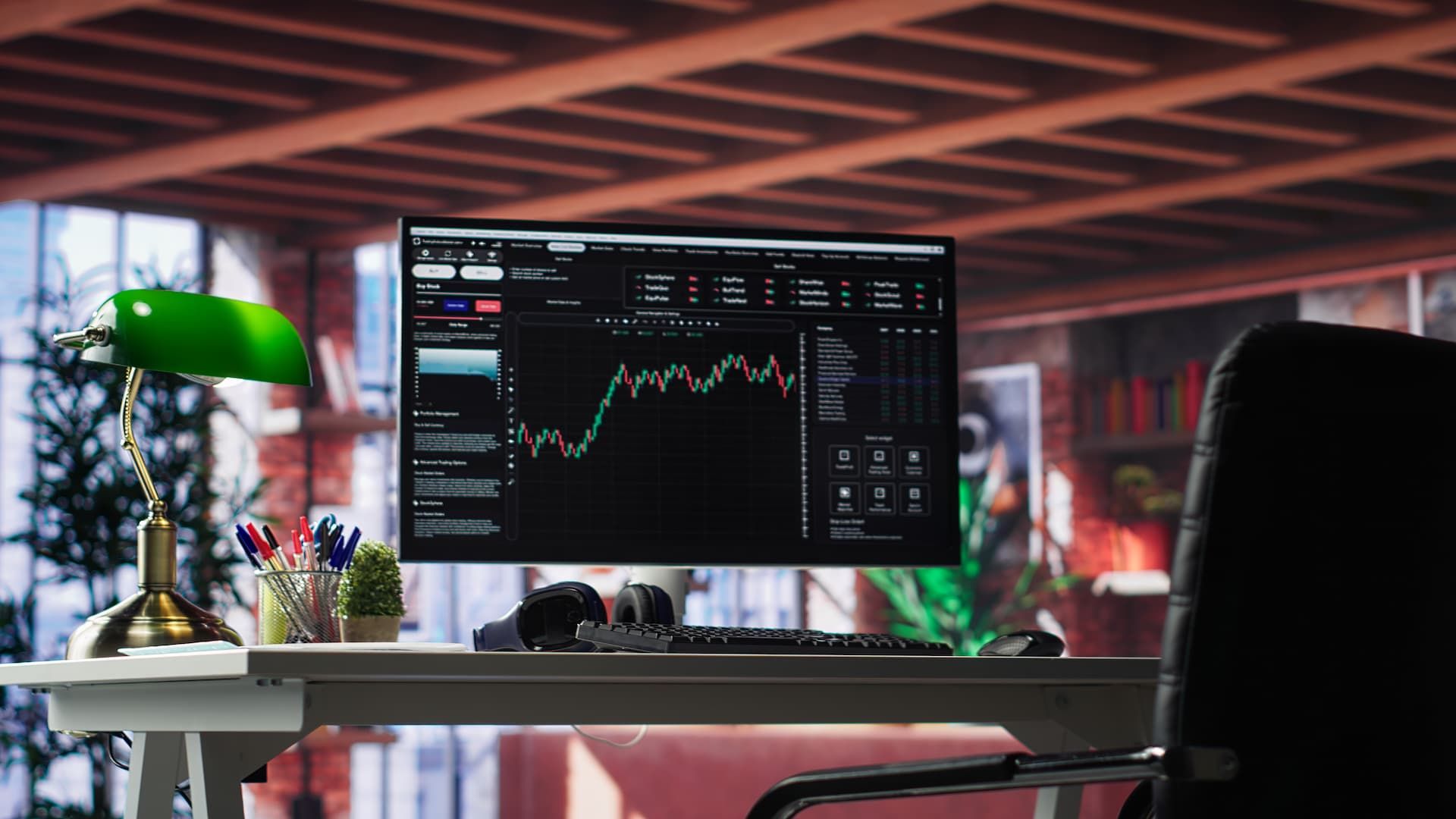Every stock market session has unique flows where market participants create pockets of supply and demand. Traders study these patterns to anticipate sharp price movements and position themselves for opportunities. These sessions often overlap, creating unique periods where volume and volatility peak. For traders, identifying these liquidity pockets provides an edge in timing entries and exits more effectively.
Understanding Market Sessions and Microstructure
Market microstructure explains how orders shape the market price and how liquidity forms across liquid assets and illiquid assets. Beyond just execution, market microstructure also highlights where inefficiencies occur. By analyzing these inefficiencies, traders can anticipate market price shifts before they become obvious.
The Role of Fair Value in Market Microstructure
Fair value anchors financial assets in both liquid stocks and less-traded markets. Deviations often trigger rapid price movements as traders rebalance positions. When prices deviate too far from fair value, arbitrageurs and large funds step in to restore balance. This corrective flow provides opportunities for both short-term scalpers and longer-term investors.
How Fair Value Gaps Affect Price Movements
When gaps form, fewer market participants can cause volatility. A significant market event or policy from the Federal Reserve Bank often widens these gaps, moving prices away from fair value. Traders often use these gaps as signals for reversals or continuation. Monitoring liquidity during such periods helps reduce exposure to unnecessary market volatility.
Liquidity Sweeps and Trading Dynamics
A liquidity sweep occurs when large orders run through hidden levels, shifting market price quickly. Such moves expose where real demand or supply lies in the stock market. Such events not only expose true supply and demand but also highlight the presence of algorithmic activity. Recognizing when sweeps occur allows traders to adapt their trading strategies quickly.
What Is a Liquidity Sweep?
It’s when aggressive orders clean up resting bids or offers, leaving accounting liquidity imbalanced. Both institutions and retail traders watch for this signal. Liquidity sweeps also reveal where retail traders are most vulnerable, as their stop orders often become targets. Understanding this dynamic helps professionals design more resilient positioning.
Identifying Liquidity Sweeps in Different Market Sessions
Sweeps appear often during session opens or after significant market events. They reveal how market participants react under pressure. In particular, sweeps after macroeconomic announcements provide clear insight into institutional sentiment. These moments serve as stress tests for both liquidity and market participants.
Liquidity Grab vs. Liquidity Sweep
A liquidity grab targets small stops, while a liquidity sweep clears deeper levels of liquid assets. The difference lies in intent and how much liquidity gets removed. While both phenomena manipulate order flow, their outcomes differ in sustainability. A true sweep tends to establish a new trend, while a grab often fades quickly.
How Traders Leverage Liquidity Sweeps
Traders can leverage liquidity sweeps by aligning entries with big order flow. Done right, this improves company’s financial health for institutions and creates edge for individuals. By studying historical order flow, traders can anticipate where future sweeps may occur. This proactive approach improves execution quality and reduces financial risks over time.
Liquid Assets and Accounting Liquidity
Liquid assets like cash equivalents and tradable securities matter because they can be converted quickly during a market event. Liquid assets give traders and institutions flexibility to react instantly when liquidity pools shift. This speed allows them to avoid losses from rapid price movements and capitalize on favorable spreads.
Liquid Assets vs. Illiquid Assets in Trading
Liquid stocks move fast and attract large market participants, while illiquid assets face wide spreads and selling pressure. Liquid assets often cause sharp price movements when fewer market participants trade them. For traders, recognizing this distinction helps manage risk and avoid being trapped in a liquidity zone.
Accounting Liquidity and Market Microstructure
Accounting ratios show how liquidity refers to short-term obligations and accounts receivable. In the market microstructure, balance sheets meet order books, shaping how traders measure liquidity. Strong accounting liquidity indicates a company’s financial health, but it also affects how liquidity refers to tradable positions in markets. By linking balance sheet data to market depth, traders gain further insight into stability.
Using the Cash Ratio and Acid Test Ratio
Ratios compare cash equivalents to short-term debt, signaling resilience in tough market conditions. They complement technicals like support and resistance levels and price action. These ratios highlight whether firms can meet obligations without selling core financial assets. In trading, they serve as warning signals during significant market events that may lead to rapid price spikes.
Bid Ask Spread and Market Efficiency
The bid ask spread measures the cost of trade execution and shows how efficiently markets operate. Narrow spreads reflect minimal slippage and strong liquidity pools. A consistently narrow bid ask spread signals an efficient market where transaction costs remain low. For traders, this metric provides a direct view of how supply and demand interact in real time.
How the Bid Ask Spread Reflects Market Conditions
Spreads widen during volatility and market events and tighten in calm liquidity zones. They track where fair value stabilizes between buyers and sellers. During a market event, spreads often widen dramatically, showing reduced willingness of buyers and sellers to meet at the same price. Tracking these shifts helps traders anticipate short-term volatility.
The Impact of Bid and Ask on Liquidity Pockets
Shifts in bids and asks influence price levels and hidden liquidity pockets. Price movements around these levels reveal opportunities for traders hunting arbitrage or efficiency gaps. Changes in bids and asks can expose low liquidity areas where even small orders move prices. Skilled traders use these signals to identify entry points that maximize efficiency.
Practical Applications for Traders
Traders search for further insight by combining technical indicators with live market conditions. In volatile sessions, traders adapt by adjusting trading strategies around spreads. This reduces unnecessary costs and ensures execution quality even when liquidity is thin.
Combining Fair Value Gaps and Liquidity Sweeps
When gaps align with a liquidity sweep, price reacts sharply. Using limit orders and pending buy setups lets traders execute trades with minimal market impact. When both signals align, it confirms hidden order flow and creates high-probability setups. Combining this with market conditions analysis allows traders to anticipate where the next surge in volume may occur.
Strategies for Finding and Using Liquidity Pockets
Focus on wider bid ask spreads during volatility and compare them to current assets or prepaid costs in balance sheets. By studying bid ask spreads and monitoring limit orders, traders can detect where hidden liquidity sits. This approach helps avoid slippage and improves long-term trading performance.












